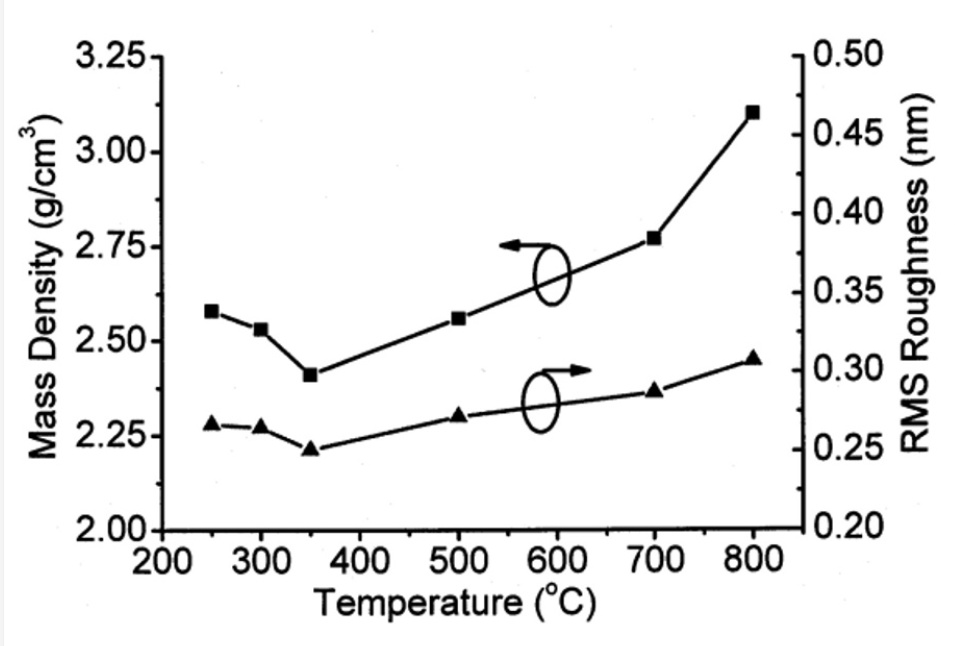Description:
A patented aqueous synthesis route for making high quality alumina thin films of exceptional quality and smoothness
Background
Aluminum oxide has many desirable properties making it technologically important as a barrier coating, optical film, and as a dieletric thin-film component of electronic devices. The quality of the material varies with precursor quality and deposition method. Variations in quality can have a profound impact on commercial and industrial applications. Conventional approaches for the formation of aluminum oxide thin films include, for example, chemical vapor deposition and physical vapor deposition. These processes are generally performed under high vacuum. While these vacuum approaches can form solid films of aluminum oxide, the high vacuum approaches have high capital costs, high energy consumption, significant process complexity, inefficient material usage and low throughput. Furthermore, it is difficult to form large area films with vacuum approaches with a high degree of uniformity. Solution deposition methods provide an alternative approach for depositing uniform alumina film over larger surface areas.
Technology Description
OSU researchers have developed synthesis processes for high quality aluminum oxide films using an aqueous solution‑based process that avoids contaminants and particularly hazardous compounds. The precursor solutions contain an aluminum cation and a highly controlled nitrate composition. The precursor solutions are free from halogen atoms and carbon-carbon bonds so they can be processed into high quality aluminum oxide films with significantly higher density, lower contaminant levels, and smoother surfaces compared with other solution‑based processes. Once deposited, the films can be annealed at moderate temperatures to yield dense, smooth films. The high surface tension of the aqueous solvent promotes smooth film surfaces, allowing for the first time the ability to deposit by solution methods aluminum oxide films in the thickness range of 1 nm to 10 nm with a surface roughness<0.5 nm. These features are useful in the fabrication of a variety of optical and electronics devices.

mass density and surface roughness as a function of temperature illustrating
densification and surface characteristic of solution-derived aluminum oxide film.
Features & Benefits
- Aqueous precursors, avoiding hazardous solvents
- Less expensive processing
- Uniform and smooth over large surface areas
Applications
- Surface coatings (e.g., anti-corrosion)
- Diffusion barriers
- Antireflective coatings
- Dielectric layers
Opportunity
Seeking commercial partners in a variety of fields of use.
Status
Patented US 9,340,678